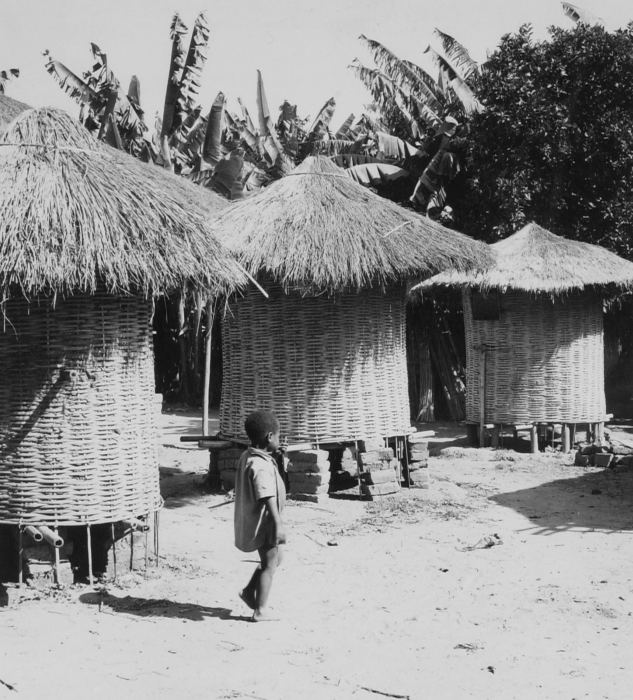Tanzania 1,200,000 Kenya 2,200 | Mozambique 240,000 | |
 | ||
The Makonde are an ethnic group in southeast Tanzania and northern Mozambique. The Makonde developed their culture on the Mueda Plateau in Mozambique. At present they live throughout Tanzania and Mozambique and have a small presence in Kenya. The Makonde population in Tanzania was estimated in 2001 to be 1,140,000, and the 1997 census in Mozambique put the Makonde population in that country at 233,358, for a total estimate of 1,373,358. The ethnic group is roughly divided by the Ruvuma River; members of the group in Tanzania are referred to as the Makonde, and those in Mozambique as the Maconde. The two groups have developed separate languages over time but share a common origin and culture. A group Makonde people trekked from Kwale to Nairobi . The group was accompanied by human right activists and other human rights supportive stakeholders. They headed to The state House in Nairobi to persuade the president to push their recognition as Kenyan citizens. President Kenyatta gave them a warm welcome. After a well prepared meal on the Thursday 13th October 2016, the president ordered the relevant ministry to give the A-Makonde identity cards by December 2016.
Contents
History
The Makonde successfully resisted predation by African, Arab, and European slavers. They did not fall under colonial power until the 1920s. During the 1960s the revolution which drove the Portuguese out of Mozambique was launched from the Makonde homeland of the Mueda Plateau. At one period this revolutionary movement known as FRELIMO derived a part of its financial support from the sale of Makonde carvings, and the group became the backbone of the revolutionary movement. The Maconde of Mozambique, due to their role in the resistance to Portuguese colonial rule, remain an influence group in the politics of the country.
They speak Makonde, also known as ChiMakonde, a Bantu language closely related to Yao. Many speak other languages such as English in Tanzania, Portuguese in Mozambique, and Swahili and Makua in both countries. The Makonde are traditionally a matrilineal society where children and inheritances belong to women, and husbands move into the village of their wives. Their traditional religion is an animistic form of ancestor worship and still continues, although Makonde of Tanzania are nominally Muslim and those of Mozambique are Catholic or Muslim. In Makonde rituals, when a girl becomes a woman, Muidini is the best dancer out of the group of girls undergoing the rituals.
The Makonde are best known for their wood carvings, primarily made of blackwood (Dalbergia melanoxylon, or mpingo), and their observances of puberty rites.
Makonde art
The Makonde traditionally carve household objects, figures and masks. After the 1930s, Makonde art has become part of the important contemporary art of Africa today. The most internationally acknowledged such artist was George Lilanga.
